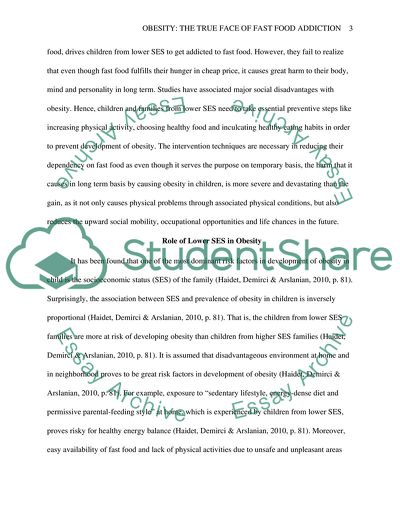Cite this document
(Obesity The True Face of Fast Food Addiction Research Paper, n.d.)
Obesity The True Face of Fast Food Addiction Research Paper. Retrieved from https://studentshare.org/health-sciences-medicine/1776304-what-effects-of-having-easy-access-to-fast-food-in-low-income-areas-to-minors-and-having-fast-food-in-high-schools
Obesity The True Face of Fast Food Addiction Research Paper. Retrieved from https://studentshare.org/health-sciences-medicine/1776304-what-effects-of-having-easy-access-to-fast-food-in-low-income-areas-to-minors-and-having-fast-food-in-high-schools
(Obesity The True Face of Fast Food Addiction Research Paper)
Obesity The True Face of Fast Food Addiction Research Paper. https://studentshare.org/health-sciences-medicine/1776304-what-effects-of-having-easy-access-to-fast-food-in-low-income-areas-to-minors-and-having-fast-food-in-high-schools.
Obesity The True Face of Fast Food Addiction Research Paper. https://studentshare.org/health-sciences-medicine/1776304-what-effects-of-having-easy-access-to-fast-food-in-low-income-areas-to-minors-and-having-fast-food-in-high-schools.
“Obesity The True Face of Fast Food Addiction Research Paper”, n.d. https://studentshare.org/health-sciences-medicine/1776304-what-effects-of-having-easy-access-to-fast-food-in-low-income-areas-to-minors-and-having-fast-food-in-high-schools.


